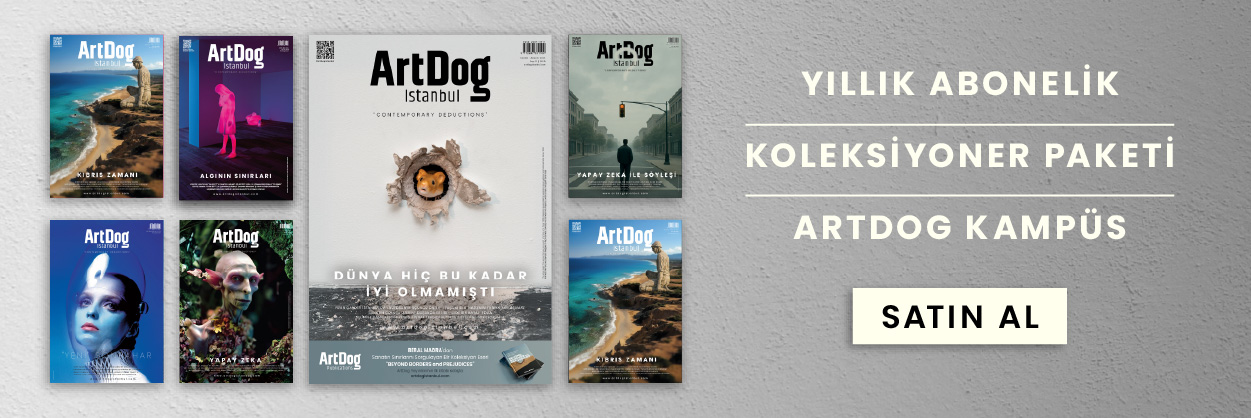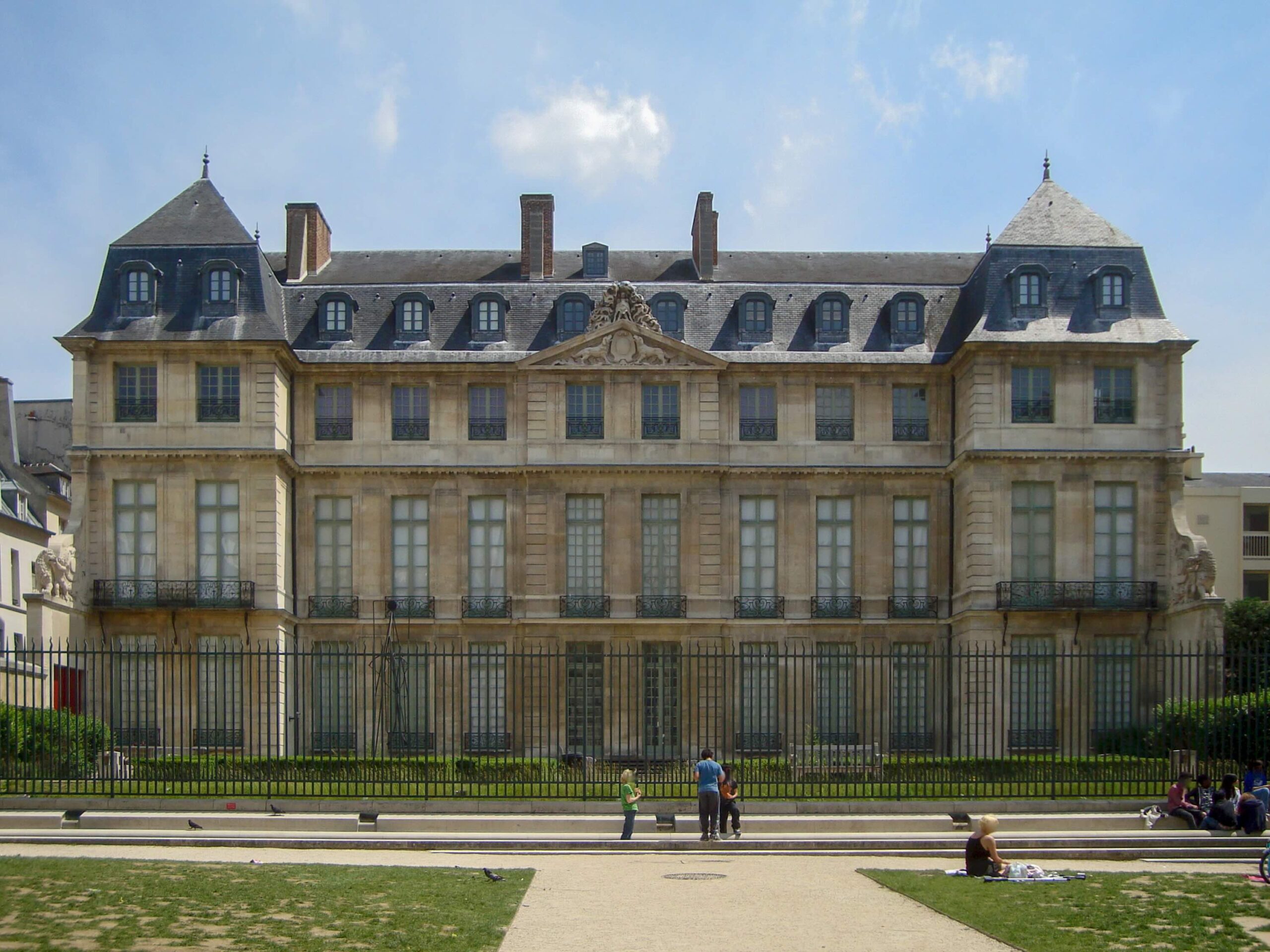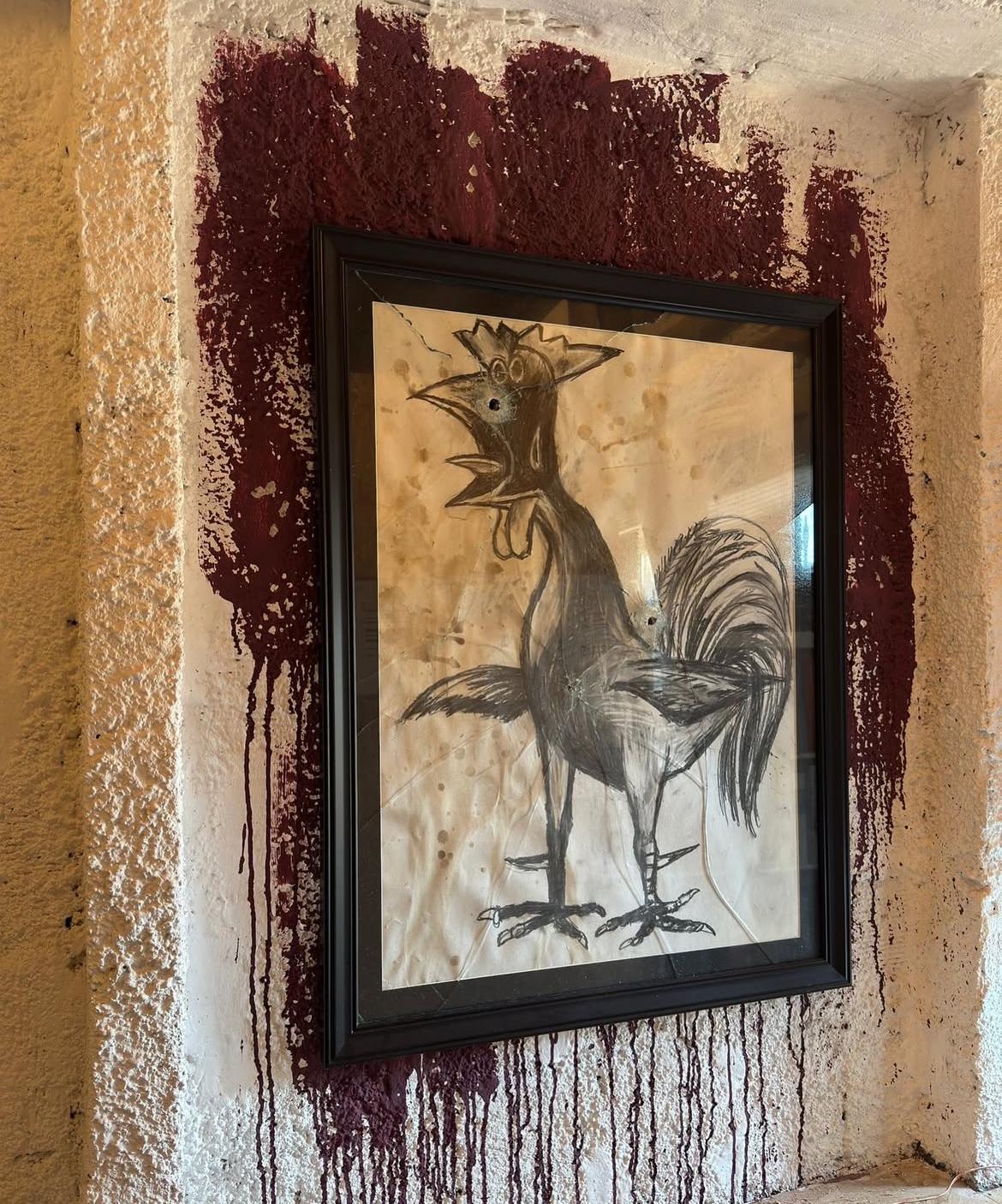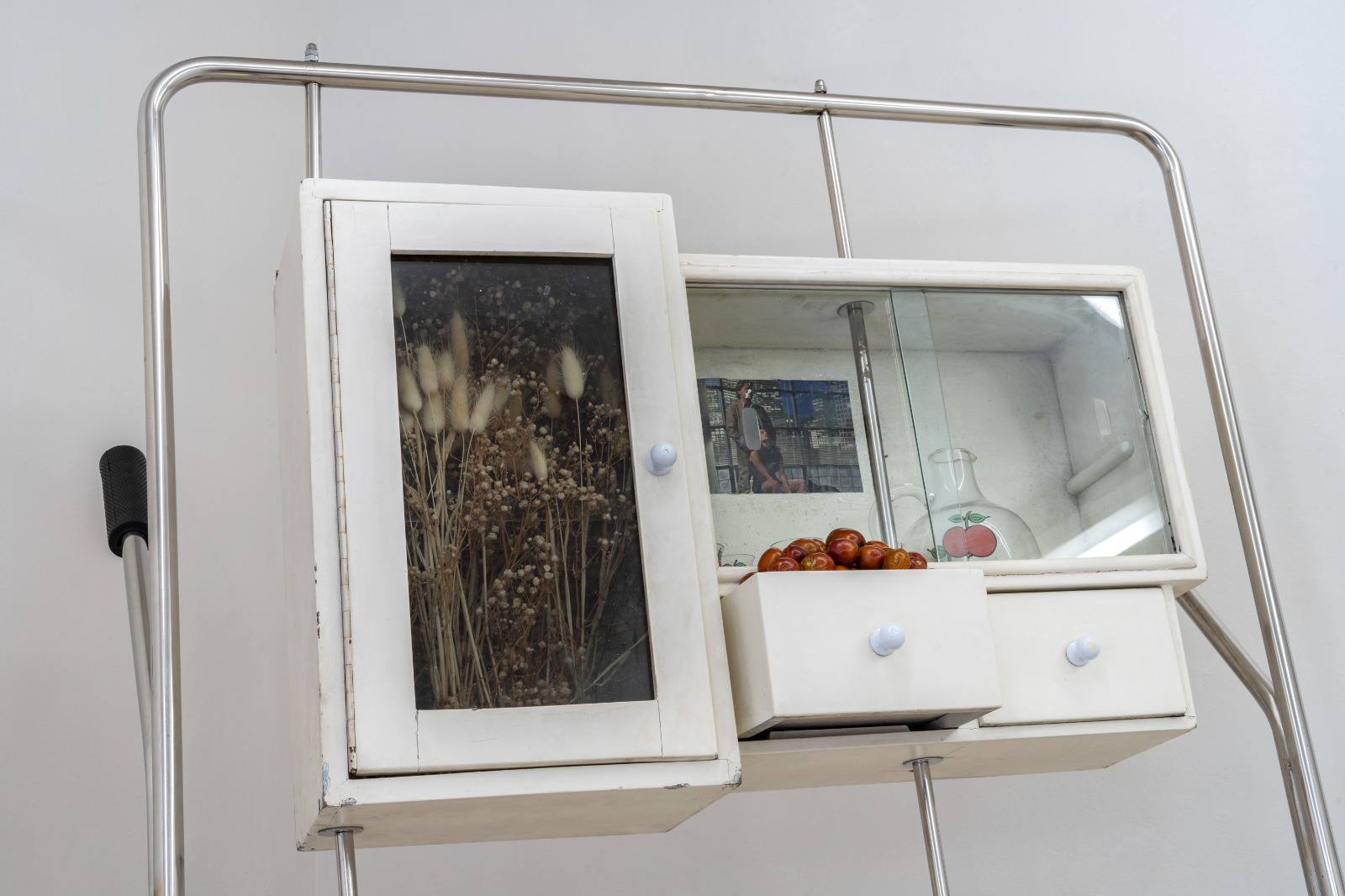The Picasso Museum is transforming its garden into a public park dedicated to the artist’s bronze sculptures as part of the $50 million “Picasso 2030” project. Scheduled between 2028 and 2030, the renovation will also double the museum’s temporary exhibition space, aiming to bring its collection to a wider audience.
The Picasso Museum’s ambitious $50 million renewal plan includes a new open-air area devoted to Picasso’s bronze works. Marking the museum’s 40th anniversary, the institution is entering a major transformation. Under the Picasso 2030 project, the garden behind the museum will merge with an adjacent public park to create a roughly 2,500-square-meter sculpture garden. Planned to open in 2030, the garden will feature the artist’s animal-themed bronze pieces — such as The Nannygoat (1950) — and works exploring transformation and metamorphosis.
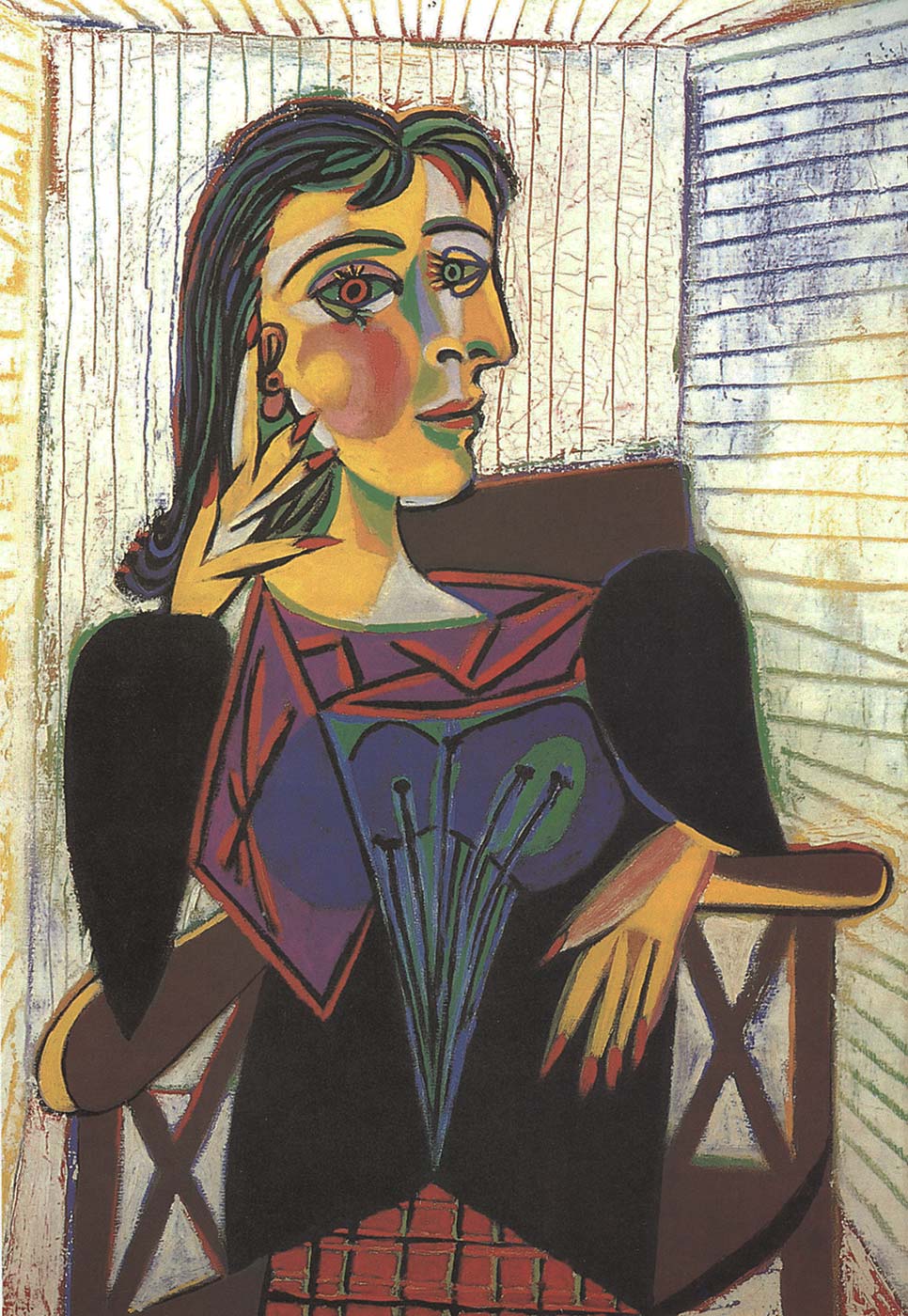
A Garden Where Visitors Can Touch the Sculptures
Picasso Museum Director Cécile Debray said the project was inspired by Scandinavian gardens, adding:
“We are creating a space where visitors can touch the sculptures. This open-air setting will make the museum more accessible.”
Since opening in 1985, the Picasso Museum has become one of Paris’s most visited art institutions, housing the world’s largest Picasso collection: more than 5,000 works and 200,000 archival documents. A decade ago, the museum tripled its exhibition space; now, it plans to double its temporary exhibition area to over 800 square meters. The renovation, taking place from 2028 to 2030, will keep the museum open to visitors throughout the process.
The museum intends to finance the $50 million cost through its own resources, contributions from the Picasso family, and corporate sponsors. France’s Ministry of Culture, meanwhile, is prioritizing other major projects — such as the new Louvre entrance and the restoration of Beaux-Arts de Paris, which together exceed €1.4 billion — and therefore is not providing direct support to Picasso 2030.
Housed in the 17th-century Hôtel Salé, the Picasso Museum is home to iconic works such as Portrait of Dora Maar(1937) and Woman in the Garden (1929). The new sculpture garden, directly opening to the public realm of Paris, aims to redefine the city’s cultural map and offer a contemporary perspective on Picasso’s legacy.

